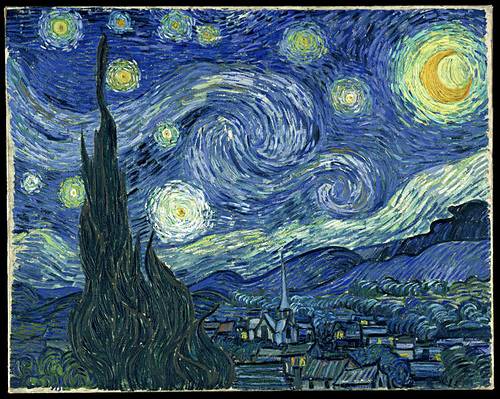Clarke’s Third Law: Any sufficiently advanced technology is indistinguishable from magic.
Benford’s Corollary: Any technology distinguishable from magic is insufficiently advanced.
Raymond’s Second Law: Any sufficiently advanced system of magic would be indistinguishable from a technology.
Sterling’s Corollary: Any sufficiently advanced garbage is indistinguishable from magic.
Langford’s application to science fiction: Any sufficiently advanced technology is indistinguishable from a completely ad-hoc plot device.




